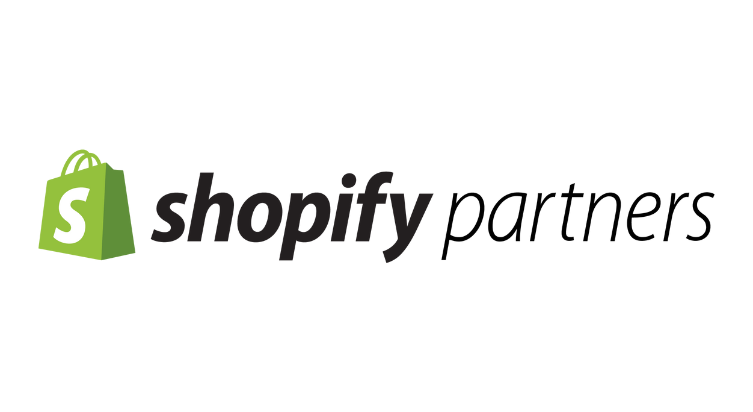Product Feed Management
Managing multiple storefronts can be done easier, faster, and more efficiently with product feed management software.

Why is product feed management so important?
For e-commerce companies, product listings on Google, Facebook, Instagram, Amazon, and the list goes on are absolutely critical to get right.
Historically, e-commerce companies mainly had to deal with Google Shopping or Amazon depending on location. But as the product listing campaign type has shown its effectiveness, all ad platforms now have a service available to market individual products.
For every product listing, e-commerce companies have to sort out fields and attributes to make sure they win the auction for that particular product. For Google Shopping alone this amounts to more than 50 fields per product. If you multiply that with 5000 products in a feed and you are faced with optimising 2.5M fields. Now if you then take into consideration that the same advertiser wants to set up and optimise the same 5000 products on other marketplaces, then we are much higher. According to the Feed Marketing Report 2022, sellers with and avg. of 5000 products use ca. 2.8 channels already – more SKUs and the amount of channels go up considerably.
So spending a bit of time understanding product feed management and the software scene is not a bad idea.
Are you applying the same product feed across multiple marketplaces?
%
Google Shopping Product Feed
%
Amazon Product Feed
%
Facebook Product Feed
If you are using the same feed more or less across channels, chances are that you are not getting enough out of your efforts.
What are the main advantages of using product feed management platforms?
Product feed management platforms can help advertisers streamline products toward a specific marketplace such as Google Shopping or Amazon. These feed management platforms use rule-based marketing automation features to scale efforts across all products in the feed. Here are some of the most important aspects of product feed optimisation.
The process is often now to extract a feed from the e-commerce webshop CMS – Shopify, Magento, Woocommerce, and the like – and add that into a feed management system. In earlier days, it was even normal to upload a static spreadsheet.
Once connected to the system, the diagnosis and the process begins to make sure that the feed has the required fields and that the naming convention is according to requirements.
This process ensures that the channels know exactly where to find what field and as a result, products will not get disapproved because of missing information.
Extracting a feed from a webshop often means taking out all products that are sold on the website. But not all products are suitable for paid advertising.
Oftentimes, products that are considered too pricy compared to the competition are cut from the feed. 64% of marketers cut products from their feed because of pricing issues.
Excluding the right products from your feed can have a major effect on how effectively marketing budgets are used and consequently ROAS and ROI numbers.
Ruled-based product field enrichments can have a great effect on whether your product gets a click or not.
Optimizing titles and descriptions with the right field attributes (color, size, fabric, model, etc.) can not only stimulate clicks, but the search algorithms will pick up on the keywords in the product fields and expand the number of searches a given product shows up on.
There are typically loads of fields that are missing input and rule-based enrichments help advertisers fix these errors before the product hits the auction.
What are the main product feed attributes that are being optimized today?
Excerpt from the Feed Marketing Report 2022
- Product titles are the most optimized pieces of data in a product feed
2. 2 out of 5 eCommerce advertisers use custom_labels to optimize their PPC campaigns
3. 64.74% of eCommerce businesses filter products out of data feeds – often those less profitable
4. Product price is the #1 reason for removing products from paid advertising campaigns5. Over 1⁄4 of online merchants provide ad platforms with additional product images (about 2.2 extra images on average)
5. At least 1 in 10 eCommerce advertisers supply additional product information
in the feed by leveraging secondary data sources.

Interested in Google Shopping Product Feed Management?
With the rise of smart campaigns, performance max and further automation features in Google Ads, getting the product feed streamlined and optimised is becoming the only real lever to pull manually. This paper will attempt to support you in diagnosing whether unlocked potential lies in fixing up the product feeds.

Are you getting the most out of your product management feed efforts?

Peter Crone
CEO
Get a second opinion from our team of product feed specialists today.
Fill out the form below and we will be in touch within the hour.






